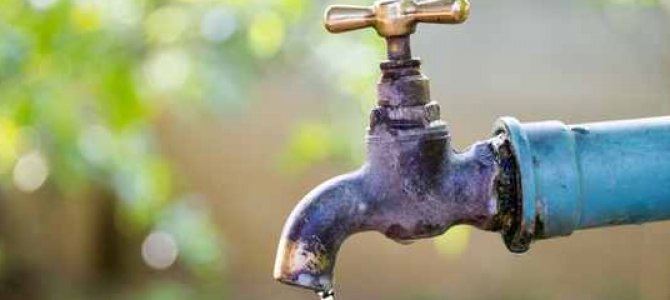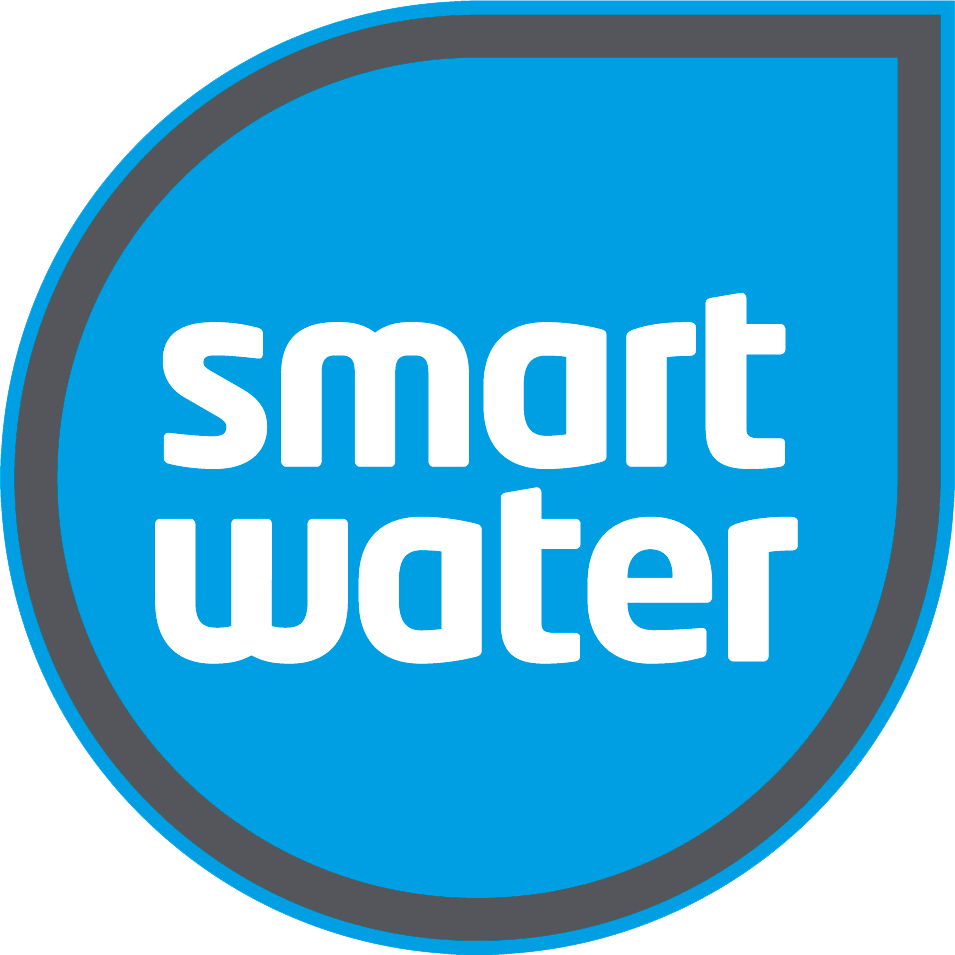 Shopping Cart
Shopping Cart
20 February 2023
Rainwater vs Tap Water: What's the Difference?

Water is one of the most important resources for human beings and the environment. It is essential for survival, and it plays a crucial role in many industrial and agricultural processes. However, not all water is created equal. There is a significant difference between rainwater and tap water, and it's important to understand what they are, their composition, and their uses.
Rainwater is water that falls from the sky and is collected and stored in a rain harvesting system such as cisterns, barrels, or tanks. It is considered a natural resource and is considered pure, as it does not contain any added chemicals or contaminants. Rainwater is not processed or treated in any way, which means it is free from chlorine, fluoride, and other substances that are often added to tap water.
Tap water, on the other hand, is water that is supplied to homes, businesses, and other buildings through the public water system. This water is treated and processed to ensure it is safe for human consumption, and it often contains chemicals and other substances such as chlorine, fluoride, and disinfectants. The addition of these substances is necessary to eliminate harmful contaminants, such as bacteria and viruses, that may be present in the water.
The quality of tap water can vary depending on the source and treatment process. Some tap water sources may contain contaminants such as heavy metals, pesticides, and other chemicals, while others may be free of these contaminants. The quality of tap water can also be affected by the infrastructure of the water distribution system, as older pipes may contain lead and other harmful substances.
Rainwater, on the other hand, is considered pure and safe for human consumption, but it should be treated before use. The collection of rainwater should be done in a clean and hygienic manner to prevent the presence of harmful bacteria and other contaminants. If the rainwater is not properly collected, it may contain bacteria, pollutants, and other contaminants that can be harmful to human health.
One of the most significant differences between rainwater and tap water is the cost. Tap water is often cheaper than rainwater, as it is provided by the government or local water authority and is heavily subsidised. Rainwater, on the other hand, requires investment in a collection system and storage tanks, which can be costly. However, many people believe that the long-term benefits of using rainwater, such as reduced water bills and the conservation of resources, are worth the investment.
Rainwater and tap water are two very different types of water, with different compositions, sources, and uses. Rainwater is considered pure and natural, while tap water is treated and processed to ensure it is safe for human consumption. Both have their advantages and disadvantages, and the choice between them will depend on individual needs and preferences. Understanding the differences between rainwater and tap water is crucial to making informed decisions about the water we use in our homes, businesses, and communities.
Is rainwater better to drink than tap water?
Whether rainwater is better to drink than tap water depends on various factors. Both types of water have their own advantages and disadvantages, and the choice between them will depend on individual needs and preferences.
Rainwater is considered pure and natural, as it does not contain any added chemicals or contaminants. However, the quality of rainwater can vary depending on the conditions in which it is collected and stored. If it is not collected and stored in a clean and hygienic manner, it may contain bacteria, pollutants, and other contaminants that can be harmful to human health.
Tap water, on the other hand, is treated and processed to ensure it is safe for human consumption. It often contains chemicals and other substances such as chlorine, fluoride, and disinfectants, which help eliminate harmful contaminants, such as bacteria and viruses, that may be present in the water. The quality of tap water can vary depending on the source and treatment process, and some tap water sources may contain contaminants such as heavy metals, pesticides, and other chemicals.
In general, tap water is considered safe to drink if it meets the standards set by the government or local water authority. It is regularly tested and monitored to ensure it meets these standards. On the other hand, rainwater should be treated before use, such as by boiling or filtering, to ensure it is safe for human consumption.
Ultimately, the choice between rainwater and tap water will depend on individual needs and preferences, as well as the availability of each type of water in a particular area. Some people may prefer the taste and purity of rainwater, while others may prefer the convenience and safety of tap water. It's important to make an informed decision based on your own needs and the conditions in your area.
Are there benefits to drinking rainwater?
Yes, there are several benefits to drinking rainwater. Some of the most notable benefits include:
· Purity: Rainwater is considered pure and natural, as it does not contain any added chemicals or contaminants. It is free from chlorine, fluoride, and other substances that are often added to tap water, making it a good option for those who are sensitive to these chemicals.
· Health benefits: Drinking rainwater has been linked to several health benefits, such as improved hydration, increased energy levels, and a stronger immune system. This is because rainwater is naturally alkaline, which helps balance the pH levels in the body and reduce acidity.
· Conservation: Collecting and using rainwater can help conserve water resources, as it reduces the demand on the public water supply. This is particularly important in areas with limited water resources or during times of drought.
· Cost savings: Collecting and using rainwater can help reduce water bills, as it is a free source of water that can be used for various purposes, such as watering plants, washing clothes, and flushing toilets.
· Sustainable and eco-friendly: Rainwater collection and storage systems are a sustainable and eco-friendly option, as they help reduce the carbon footprint associated with the treatment and distribution of tap water.
It's important to note that rainwater should be treated before use to ensure it is safe for human consumption. This can be done by boiling or filtering the water, as well as storing it in clean and hygienic containers to prevent the presence of harmful bacteria and other contaminants.
Collecting rainwater at home
Collecting rainwater is becoming increasingly popular around the world. For the reasons listed above, rainwater tanks are growing in popularity, not only helping to reduce water bills, but also providing a sustainable water source.
At Smart Water, we are doing our bit to help people transition to the use of water tanks as a primary or secondary water source around the home or commercial space. We have a range of solutions when it comes to managing your water and monitoring your usage, helping you to keep on top of your consumption and ensure you manage your water usage efficiently.
Easy to install yourself, your Smart Water tank indicator provides you with all the information you need from our app or from one of our LCD displays. Find out how much water you consume on average from your tank, accurate pressure data and estimates on when your tank will run out of water based on current usage.
Find out more about our range of products or check out our FAQs for more information.
